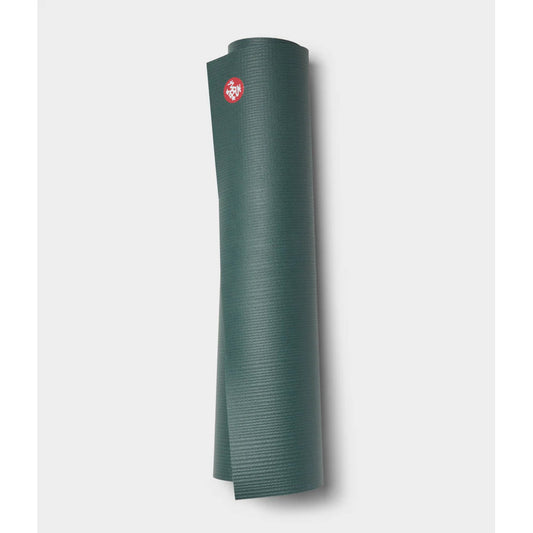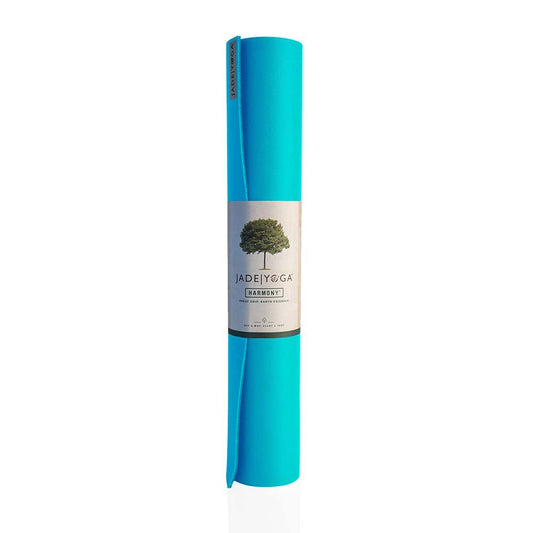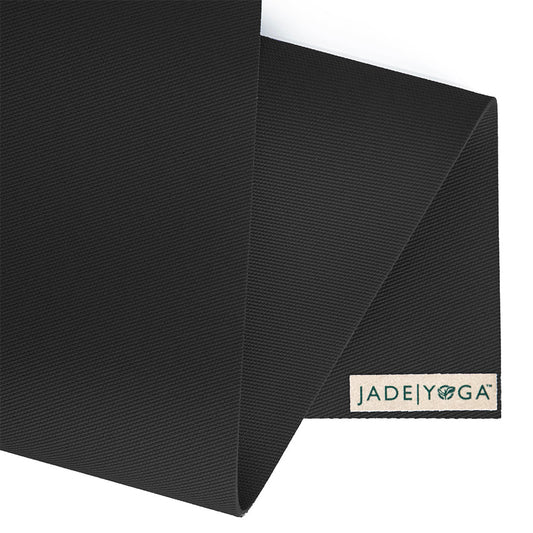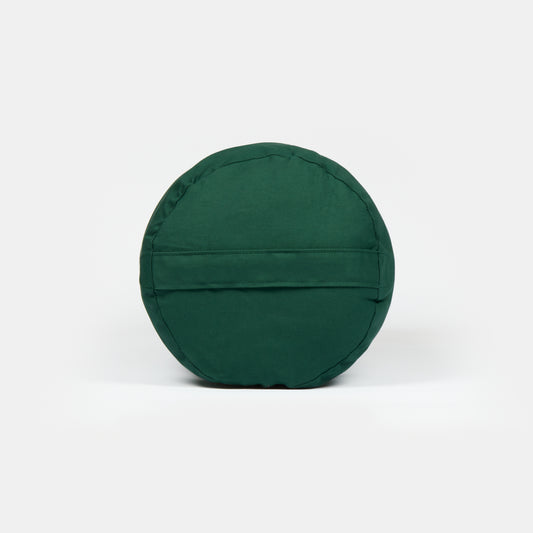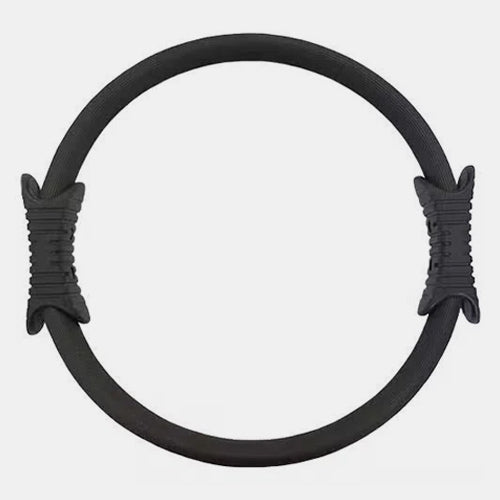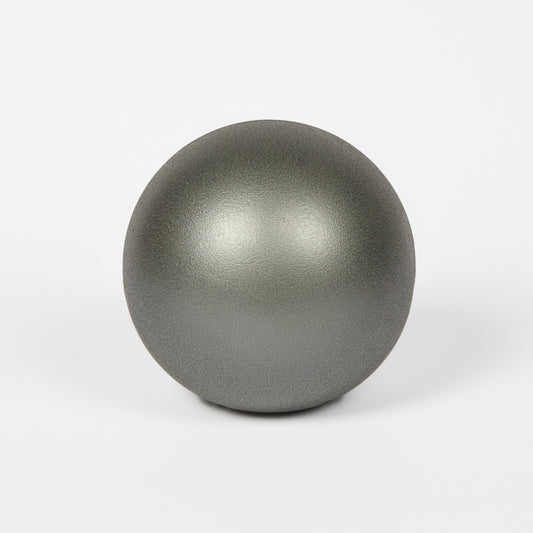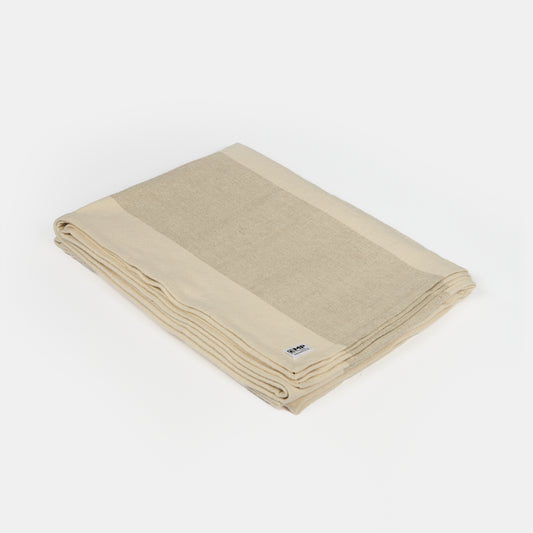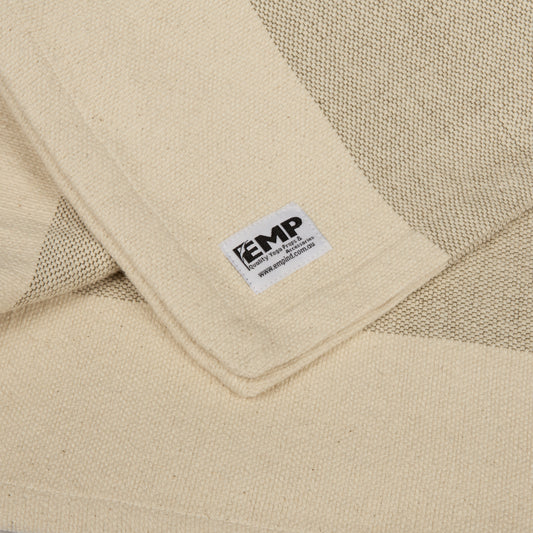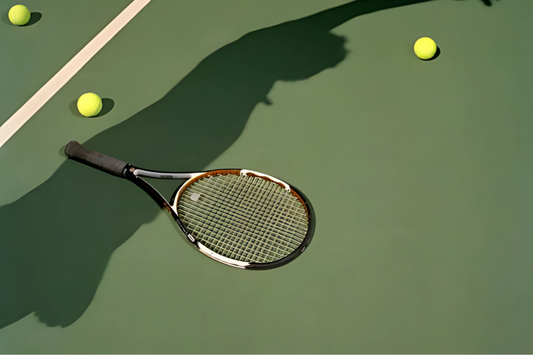
Sustainable Yoga Mat Materials: Navigating the Environmental Landscape
In the world of wellness and mindful living, yoga has transcended its ancient origins to become a global phenomenon. As yoga enthusiasts seek not only physical well-being but also environmental consciousness, the choice of yoga mat materials plays a pivotal role. In this article, we delve deep into the environmental impact of different yoga mat materials, guiding you towards making sustainable choices that harmonize with both your practice and the planet.
The Rise of Eco-Conscious Yoga: A Brief Overview
As the awareness of environmental issues continues to grow, so does the demand for eco-friendly alternatives in every aspect of our lives, including fitness and wellness. Yoga, being a holistic practice, is at the forefront of this shift towards sustainability. The Sustainable Yoga Mat Materials are now a hot topic, and rightly so.
Natural Rubber: Embracing Mother Nature
Natural rubber stands out as a prime choice for eco-conscious yogis. Derived from the latex of rubber trees, this material offers a perfect blend of grip, comfort, and environmental friendliness. Rubber trees are sustainable resources, requiring minimal processing and contributing to the overall well-being of the ecosystems they inhabit.
Advantages of Natural Rubber Mats:
- Biodegradable: Unlike synthetic materials, natural rubber mats decompose over time, leaving no harmful residues.
- Renewable Resource: Rubber trees are tapped for latex without causing harm, ensuring a continuous and sustainable supply.
TPE Mats: Where Innovation Meets Sustainability
Thermoplastic Elastomer (TPE) mats represent a cutting-edge innovation in the realm of yoga mat materials. Comprising a mix of plastic and rubber, TPE mats provide an excellent balance of performance and environmental responsibility.
Why Choose TPE Mats?
- Recyclable: TPE is fully recyclable, reducing the carbon footprint associated with yoga mat production.
- Toxin-Free: TPE mats are free from harmful chemicals often found in traditional PVC mats, promoting a healthier yoga experience.
Cork Mats: A Natural Harmony
For those seeking a mat that combines natural aesthetics with environmental sustainability, cork mats are an ideal choice. Harvested from the bark of cork oak trees, this material brings a touch of nature into your practice.
Benefits of Cork Mats:
- Renewable Harvesting: Cork extraction is a sustainable process that doesn't harm the trees, allowing for continued mat production.
- Antimicrobial Properties: Cork naturally resists mold and bacteria, ensuring a clean and hygienic yoga surface.
Jute Mats: Weaving Sustainability into Practice
Jute mats offer a unique blend of natural fibers, making them an eco-friendly choice for yogis who prioritize sustainability without compromising on performance.
What Makes Jute Mats Stand Out?
- Biodegradable: Jute fibers break down naturally, minimizing environmental impact.
- Durable and Sturdy: Jute mats provide a stable surface for yoga practice while being gentle on the planet.
As you embark on your yoga journey, the choice of a sustainable mat becomes an integral part of your commitment to holistic well-being. The environmental impact of yoga mat materials is a crucial consideration, and by opting for natural rubber, TPE, cork, or jute mats, you contribute to a greener planet.
In the evolving landscape of eco-conscious living, your mat becomes a statement of intent—a step towards a healthier, more sustainable future. As we align our bodies in practice, let us also align our choices with the well-being of the Earth.
